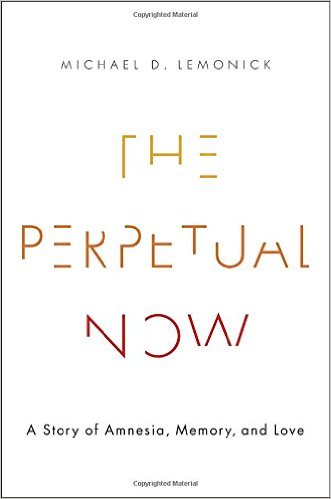 I’ve known Mike Lemonick for several thousand years, ever since he assigned me to write a news story. And I was then, as I still am, congenitally unable to write news stories. All I remember is that I blew the news story and Mike had to completely rewrite it. I don’t remember the story, I don’t remember the magazine, I’m not even entirely sure it was Mike. Obviously, this post is going to be on memory, about which Mike has written a new book.
I’ve known Mike Lemonick for several thousand years, ever since he assigned me to write a news story. And I was then, as I still am, congenitally unable to write news stories. All I remember is that I blew the news story and Mike had to completely rewrite it. I don’t remember the story, I don’t remember the magazine, I’m not even entirely sure it was Mike. Obviously, this post is going to be on memory, about which Mike has written a new book.
Ann: Here’s how Mike begins his book: he’s walking down a street in his home town, Princeton, and he runs into a woman he’s known since the time they both played in middle school orchestra. He remembers, instantly and almost uncontrollably, playing the bugle call on his trumpet every morning before assembly, screwing it up every time, and how the other kids in his class got on his case about it, also about his clothes and haircut. He’s reminding us what we know: how memory normally works.
The woman, whose name is Aline, asks him if he knows about what happened to her sister, who’s a few years older than Mike and Aline. Aline tells Mike that several years ago, her sister, Lonni Sue, got a brain infection that more or less wiped out her memory. That is, Lonni Sue remembers almost nothing of her past and the present for only a few minutes and then that’s gone too. Mike goes to visit Lonni Sue, says, “Hi, I’m Mike.” And she’s delighted to see him and they talk for a minute about her drawings, then she says, “Hi, my name’s Lonni Sue. What’s yours?” The title of Mike’s book is The Perpetual Now. And I have questions.
Mike: Before you ask those questions, the magazine was Science Digest, which was (mercifully) put out of its misery in 1986. The story had something to do with quantum uncertainty; you used the analogy of a pitcher throwing a baseball—I no longer remember why. But I do remember that you didn’t “blow” the story in any sense, and that I was intimidated to be editing you. OK, on to your questions.
Ann: Was the story about macroscopic quantum effects, like the pitcher threw the baseball at the wall and the baseball couldn’t go through the wall but appeared on the other side anyway? Maybe I remember that — we’re talking 30 years ago. But I did blow the story, and thank you anyway.
The first question which comes up the minute the reader understands what’s going on with Lonni Sue, that she has no memory of the past and no sense of the future — wait, I don’t remember, does Lonni Sue have a sense of the future? Continue reading →

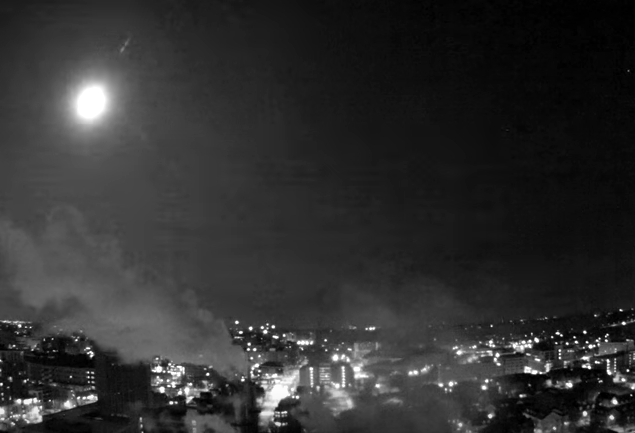

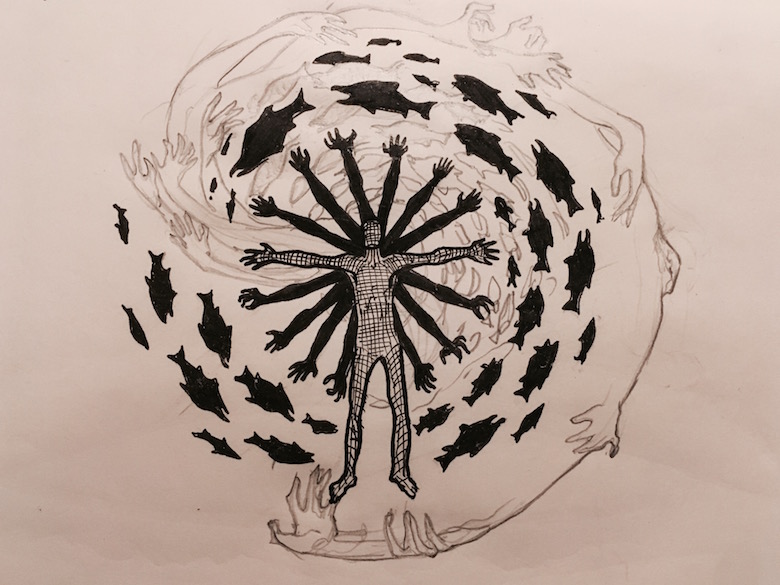
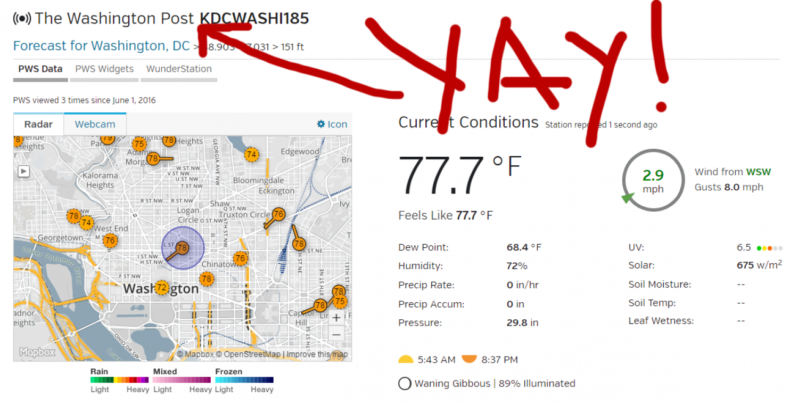
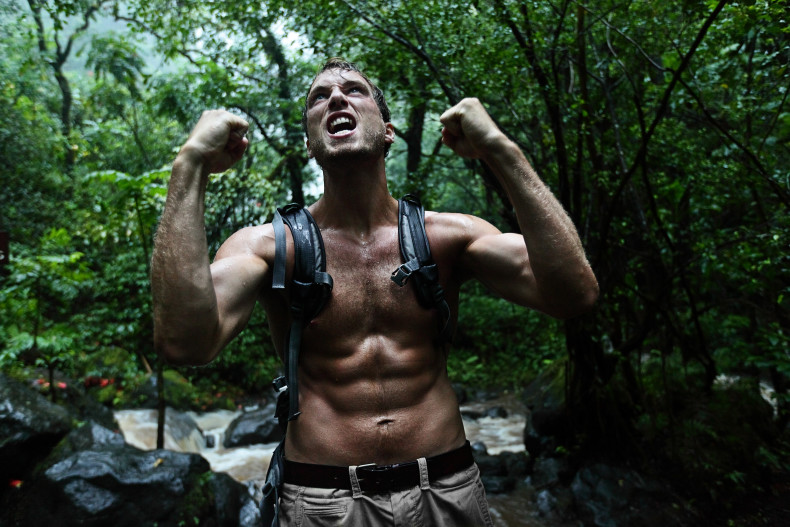
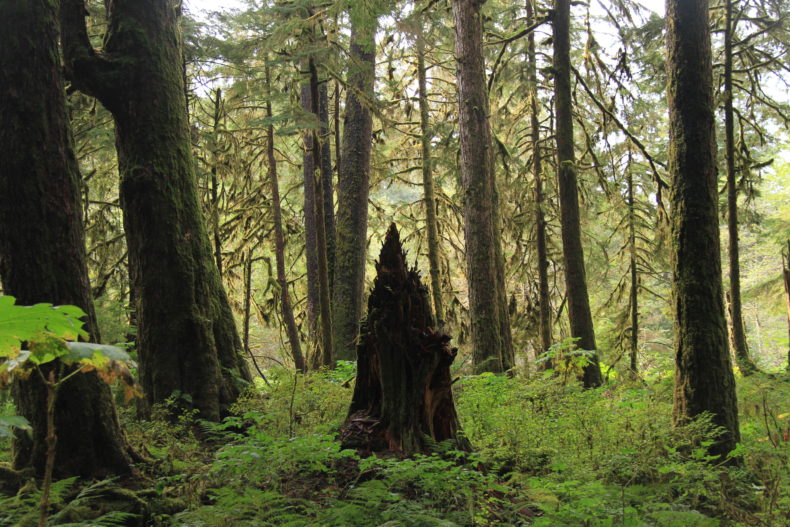
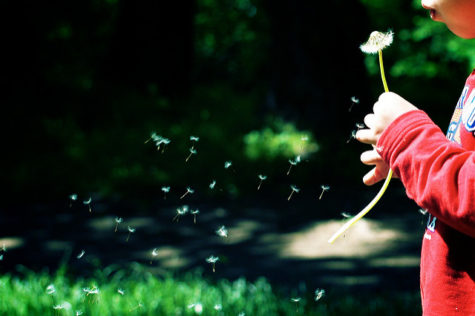 This is a travel story about a place I’ve never been. Maybe it’s a strange destination—a single, cold room. It’s thousands of miles from where I am, though, which makes it seem fascinating based on distance alone. But even better: inside it, you’d find pieces of the whole world. More than 500 million tiny pieces. Seeds.
This is a travel story about a place I’ve never been. Maybe it’s a strange destination—a single, cold room. It’s thousands of miles from where I am, though, which makes it seem fascinating based on distance alone. But even better: inside it, you’d find pieces of the whole world. More than 500 million tiny pieces. Seeds.